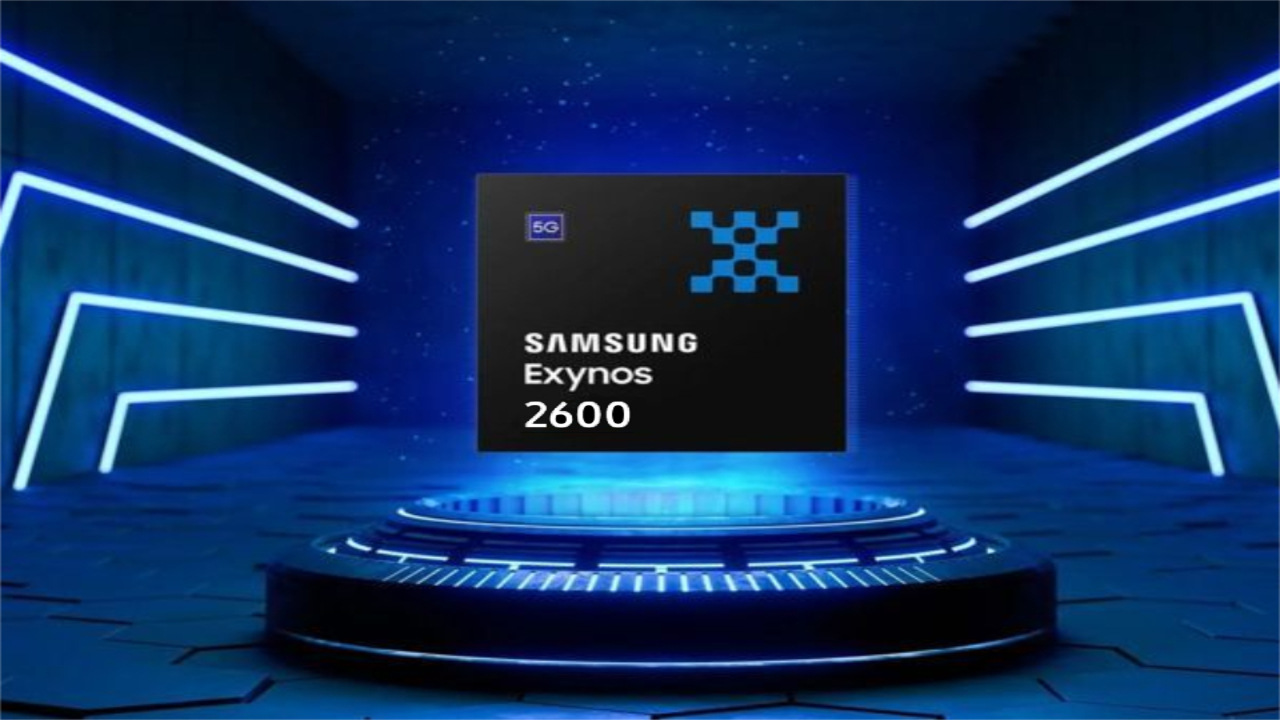Samsung is equipping its next-generation mobile processor, the Exynos 2600, with “Heat Pass Block” (HPB) technology, developed to combat overheating. This structure, which will be used for the first time in the processor, which is still in the prototype phase, aims to prevent performance losses by transferring heat more efficiently from the processor surface. The Exynos 2600 will not only offer higher processing power but also stand out with its cooler operation.
The Exynos 2600 will eliminate overheating
HPB technology consists of a special heat sink layer placed on the processor. This structure is designed to allow the processor to operate at higher clock speeds for longer periods. Samsung claims that, despite the overheating issues experienced in previous models of the Exynos series, this time it has offered a significant improvement in thermal performance.

One of the most striking design changes the company has made is the placement of both the DRAM module and the HPB layer directly on the processor. This approach creates a layered structure that optimizes heat transfer.
Furthermore, this new layout integrates the Fan-out Wafer Level Packaging technology previously used in the Exynos 2400. FOWLP is known as a packaging method that provides efficiency, particularly in multi-core processing loads.
Thanks to the new thermal structure, the Exynos 2600 is expected to deliver more competitive performance against high-end competitors such as the Snapdragon 8 Gen 2 Elite and Dimensity 9500. High temperature issues experienced in mobile processors not only lead to performance losses but also negatively impact battery health, threatening the overall security and user comfort of devices.
The Exynos 2600, developed by Samsung using the 2nm GAA manufacturing process, is expected to be officially unveiled towards the end of the year. This processor is expected to be used in the Galaxy S26 series, which is expected to be announced in the first quarter of 2026.













